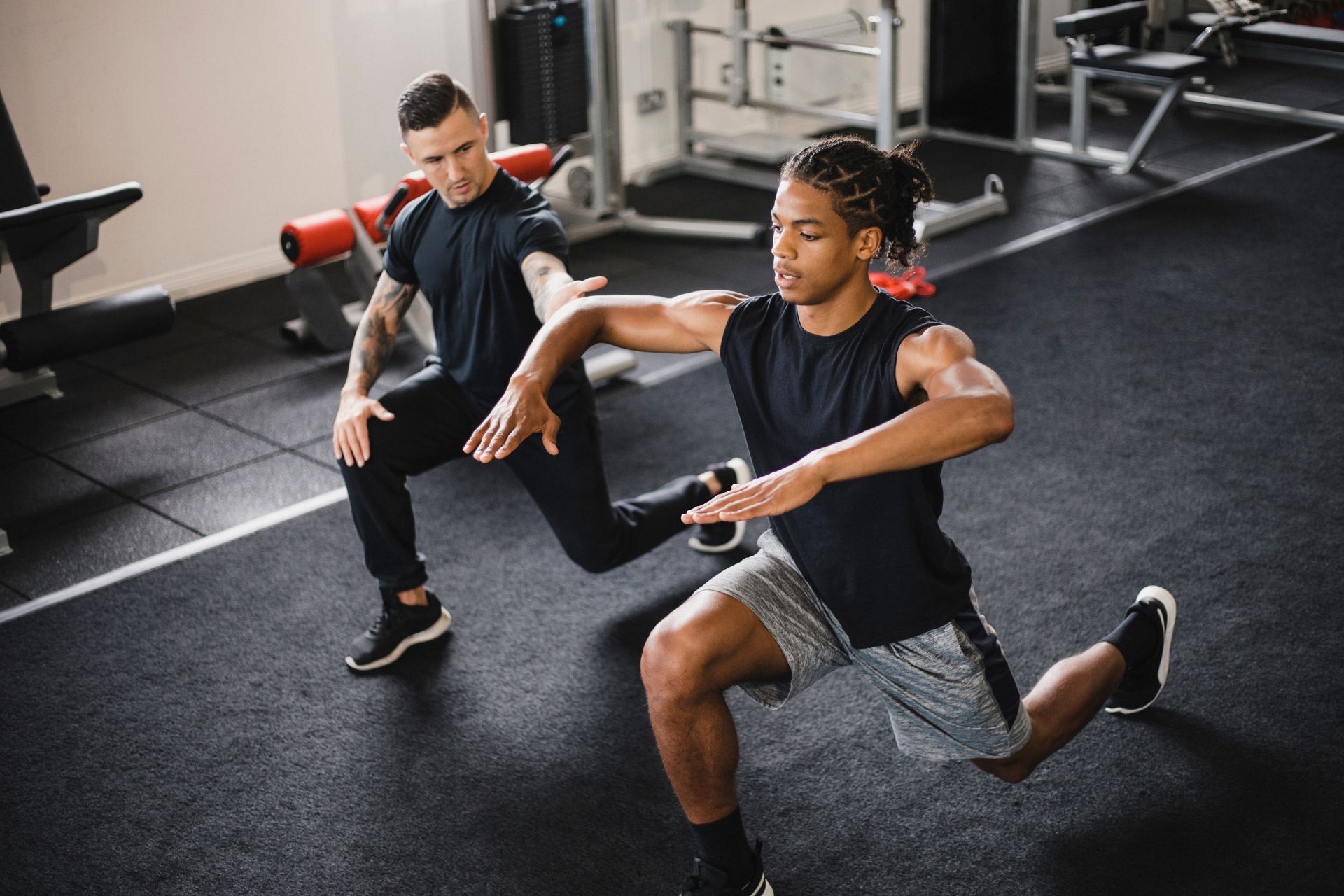Hypertrophy Pyramid Training
What is the optimal rep range for hypertrophy pyramid training?
The optimal rep range for hypertrophy pyramid training typically falls within the 8-12 rep range. This range allows for a balance between muscle fatigue and muscle stimulation, promoting muscle growth and hypertrophy. By starting with higher reps and lower weight, then gradually increasing weight and decreasing reps throughout the pyramid, lifters can effectively target muscle fibers for growth.




